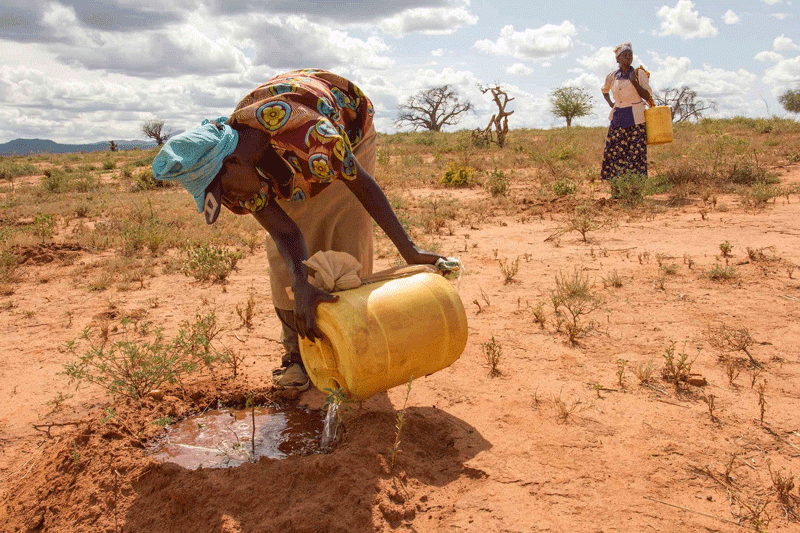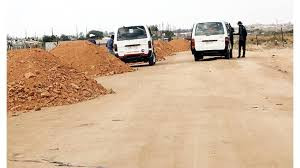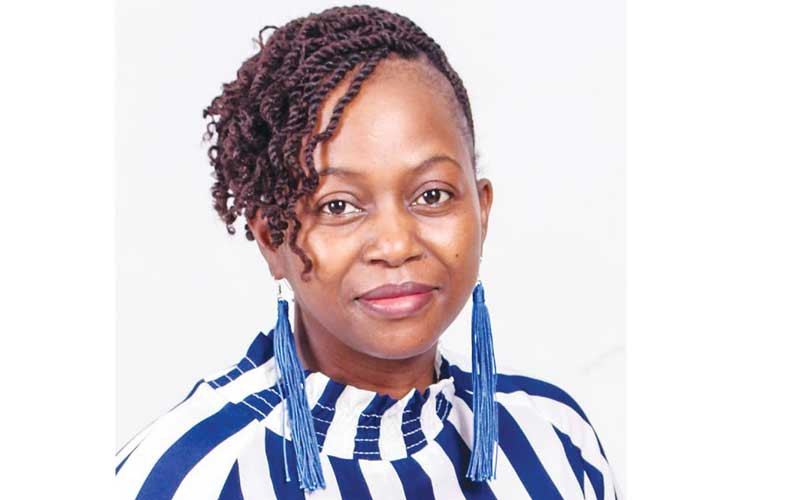
When we think of climate activism, we often picture scientific conferences, policy debates, and street protests. But in an era where people are overwhelmed by climate doom and misinformation, creative activism offers a fresh, emotionally compelling way to engage communities in the fight against climate change.
Climate change is an existential crisis that threatens communities, biodiversity, and economies worldwide. While governments and scientists work to mitigate its effects, artists hold a unique position in shaping public awareness and inspiring action.
Art is a powerful form of activism that can communicate complex issues in ways that resonate emotionally with people.
Through music, visual art, theatre, poetry, and digital media, artists can mobilise communities to engage with climate issues in meaningful ways.
However, for artists to be effective climate advocates, they must first empower themselves with knowledge, sustainable practices, and strategic partnerships.
Artists, musicians, and storytellers are stepping up to transform climate discourse, making it more accessible, urgent, and deeply personal.
Throughout history, art has been a catalyst for social change. In the same way that music fueled the anti-apartheid movement and murals brought visibility to feminist struggles, creative activism is now mobilising people against climate destruction.
Visual artists, for example, are using their work to showcase the stark realities of environmental degradation.
- COP26 a washout? Don’t lose hope – here’s why
- Out & about: Bright sheds light on Vic Falls Carnival
- COP26 a washout? Don’t lose hope – here’s why
- Out & about: Bright sheds light on Vic Falls Carnival
Keep Reading
One striking example is Olafur Eliasson’s Ice Watch installation, where giant blocks of Arctic ice were placed in public squares in London, Paris, and Copenhagen.
The ice was left to melt, allowing passersby to touch and witness the effects of global warming in real-time. Such initiatives move beyond climate statistics; they make the crisis tangible and emotional.
Closer to home, Zimbabwean artist Moffat Takadiwa transforms discarded waste into intricate sculptures, confronting viewers with the reality of consumerism and plastic pollution.
His work, made from bottle caps, computer parts, and toothbrushes, highlights the growing crisis of e-waste in Africa and urges more sustainable practices.
Music has long been a powerful tool for activism, and climate change is no exception.
Globally, artists like Billie Eilish and Coldplay have committed to eco-friendly tours, using solar-powered stages, biodegradable confetti, and sustainable merchandise to promote green alternatives.
In Zimbabwe, traditional music has played a crucial role in environmental education.
Mbira players, poets, and storytellers have long used their art to highlight the relationship between people and nature. Chiwoniso Maraire, a legendary mbira musician, often sang about the importance of land, water, and cultural preservation.
Today, younger musicians are continuing this tradition, integrating climate themes into their work.
Theatre and spoken word performances have also emerged as effective climate advocacy tools. Productions like The Great Immensity, which combines documentary and drama, immerse audiences in the urgency of environmental collapse.
Zimbabwean theatre groups such as Savanna Trust and Amakhosi Theatre have used storytelling to raise awareness about deforestation, drought, and the displacement of communities due to extreme weather events.
With climate misinformation spreading rapidly, creative storytelling is becoming essential in reshaping public perceptions.
Traditional media often relies on complex scientific jargon that alienates non-experts, but artists and illustrators are breaking through these barriers.
Comics such as The Most Important Comic Book on Earth, co-created by climate activists and artists, simplify complex climate science for mass audiences.
In Kenya, The Nest Collective produced Let This Be a Warning, a sci-fi short film exploring the potential future of Africa under climate change.
Zimbabwean filmmakers can take inspiration from such projects, creating documentaries or short films about the impact of climate change on local farmers, water shortages, and urban pollution.
Zimbabwean creatives have a unique role in climate activism. Harare’s graffiti artists could use street murals to depict the effects of deforestation in Chimanimani.
Spoken word artists could share the struggles of farmers facing erratic rainfall. Filmmakers could document the resilience of rural communities adapting to environmental changes.
Even digital artists and meme creators can play a role.
Platforms like TikTok and Instagram have become powerful spaces for climate conversations, with young creators using humor, satire, and visual storytelling to challenge climate denial and eco-fatigue.
One of the biggest challenges in climate activism is misinformation and lack of awareness. Artists who wish to engage in climate advocacy must first understand key environmental issues such as carbon footprints, renewable energy, biodiversity loss, and climate justice.
Accessing credible sources, attending climate workshops, and collaborating with environmental experts can help artists integrate accurate and impactful messaging into their work.
Organisations such as Greenpeace Africa, Climate Reality Project, and Environment Africa provide training programs tailored to activists, including creatives.
Furthermore, artists can follow reports from the Intergovernmental Panel on Climate Change or engage with local environmental research institutions to deepen their understanding.
Knowledgeable artists can create work that not only raises awareness but also proposes tangible solutions to climate problems.
The fight against climate change needs more than policies and scientific reports; it needs passion. And passion thrives in creativity. The ability to make people feel something, to see their world differently, is one of the most powerful tools in activism.
So, whether you are a musician, poet, or painter, your art has the power to move hearts and spark action. The question is: How will you use your creativity to fight for the planet?
Raymond Millagre Langa is a musician, poet, orator, independent researcher and founder of Indebo edutainment Trust. You can follow on Facebook @Millagre Ray Langa, on X you can follow on #Millagre Langa, email. millagrepapito@gmail.com or indebotrust@gmail.com







